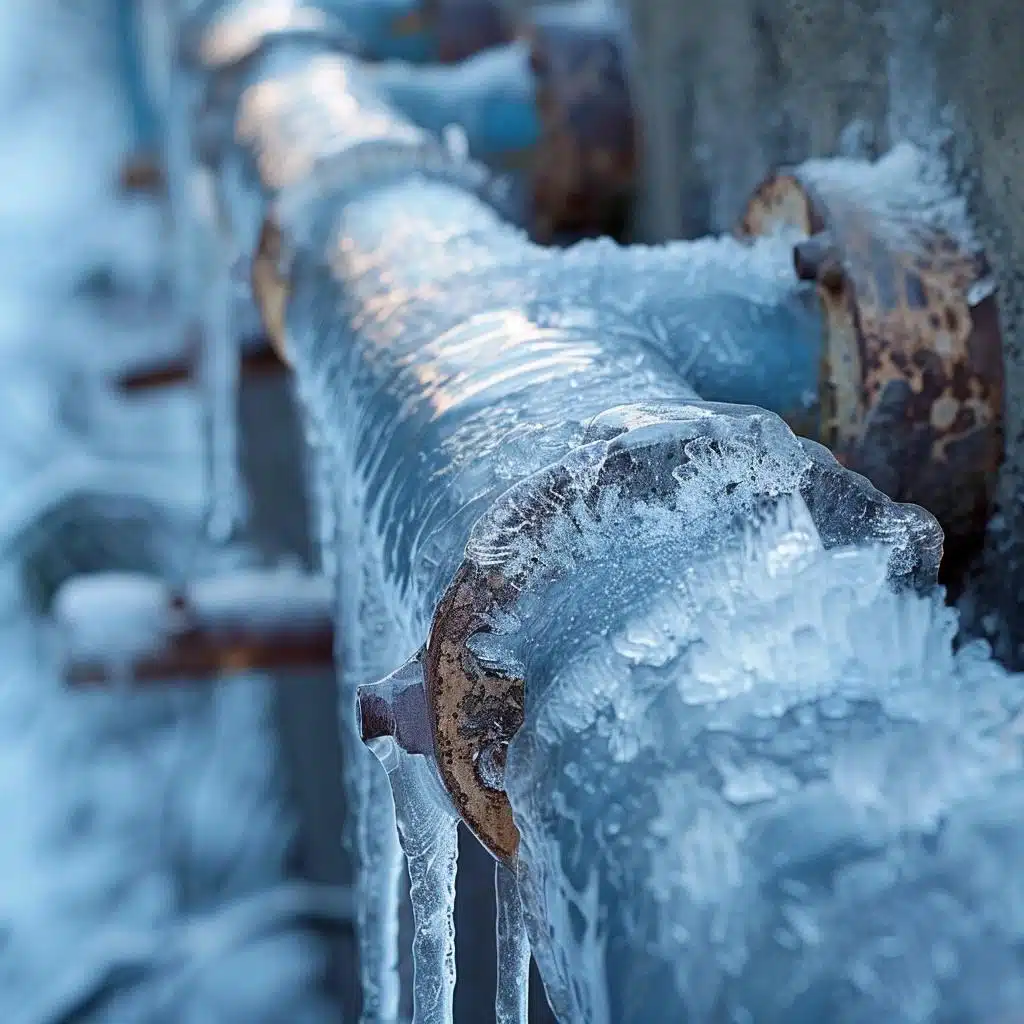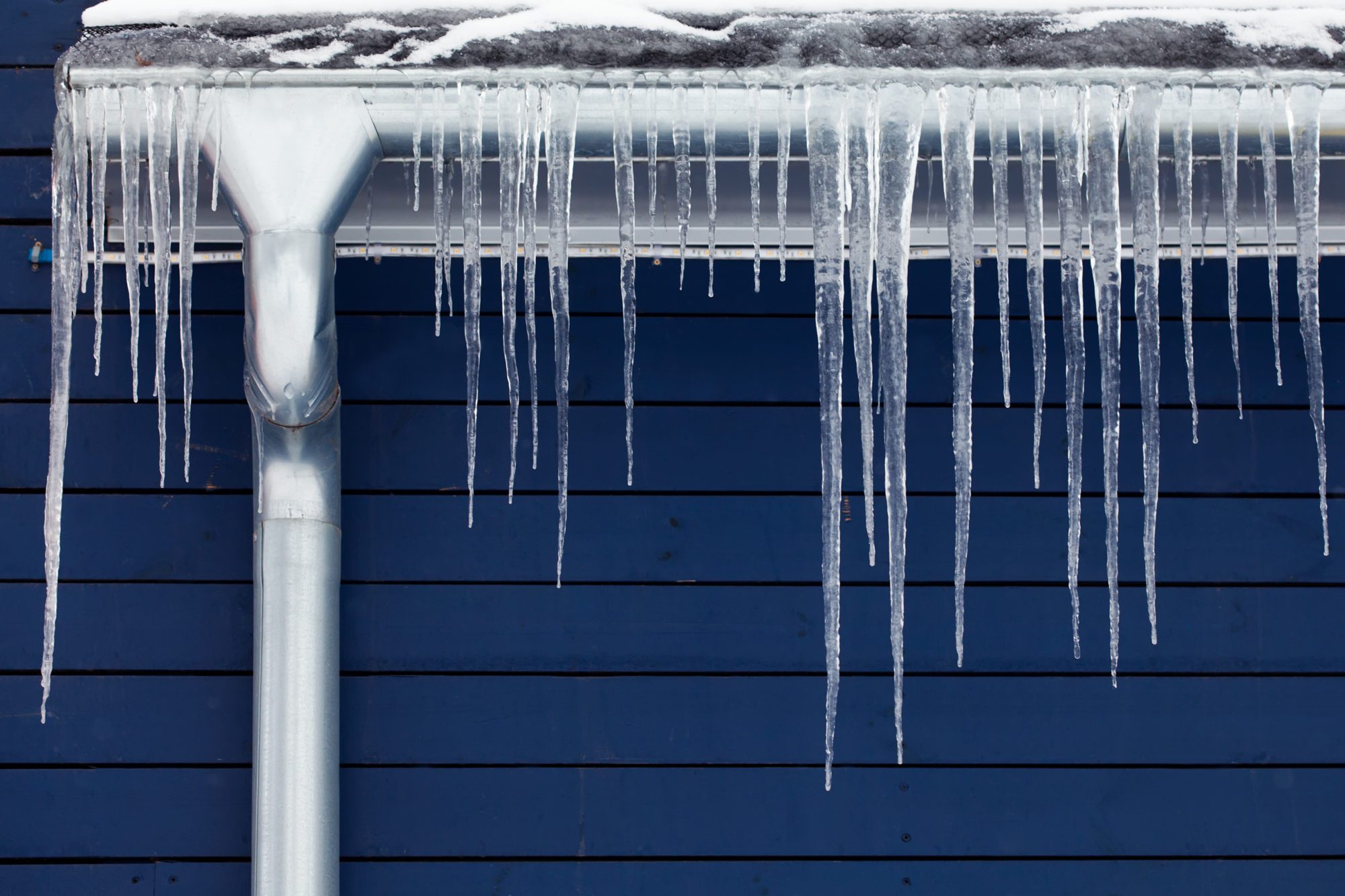How do you actually feel in regards to Helpful Tips to Prevent Frozen Pipes this Winter?

Winter can ruin your pipes, especially by freezing pipelines. Here's exactly how to prevent it from happening and what to do if it does.
Intro
As temperatures drop, the threat of frozen pipes boosts, potentially resulting in pricey repairs and water damages. Understanding just how to avoid frozen pipelines is crucial for house owners in cool environments.
Prevention Tips
Protecting vulnerable pipes
Cover pipes in insulation sleeves or utilize warm tape to safeguard them from freezing temperatures. Concentrate on pipes in unheated or external locations of the home.
Heating techniques
Keep interior spaces adequately warmed, especially locations with plumbing. Open closet doors to enable cozy air to flow around pipelines under sinks.
Exactly how to identify icy pipelines
Seek decreased water circulation from taps, uncommon odors or noises from pipelines, and noticeable frost on exposed pipelines.
Long-Term Solutions
Architectural modifications
Consider rerouting pipes far from exterior wall surfaces or unheated locations. Include extra insulation to attic rooms, basements, and crawl spaces.
Upgrading insulation
Purchase premium insulation for pipelines, attics, and walls. Appropriate insulation assists preserve consistent temperatures and decreases the risk of frozen pipes.
Shielding Outdoor Plumbing
Garden tubes and exterior taps
Detach and drain yard pipes before winter season. Install frost-proof faucets or cover outside faucets with protected caps.
Understanding Icy Pipes
What triggers pipes to freeze?
Pipes freeze when subjected to temperatures listed below 32 ° F (0 ° C) for expanded periods. As water inside the pipelines ices up, it broadens, taxing the pipe wall surfaces and potentially triggering them to burst.
Threats and damages
Icy pipes can cause supply of water disruptions, residential property damage, and pricey repair services. Ruptured pipes can flooding homes and trigger comprehensive architectural damages.
Indications of Frozen Pipes
Identifying icy pipes early can stop them from rupturing.
What to Do If Your Pipelines Freeze
Immediate actions to take
If you suspect frozen pipes, keep taps available to ease stress as the ice melts. Make use of a hairdryer or towels soaked in hot water to thaw pipelines slowly.
Verdict
Stopping frozen pipelines requires aggressive procedures and quick responses. By recognizing the reasons, signs, and preventive measures, property owners can protect their pipes throughout cold weather.
5 Ways to Prevent Frozen Pipes
Drain Outdoor Faucets and Disconnect Hoses
First, close the shut-off valve that controls the flow of water in the pipe to your outdoor faucet. Then, head outside to disconnect and drain your hose and open the outdoor faucet to allow the water to completely drain out of the line. Turn off the faucet when done. Finally, head back to the shut-off valve and drain the remaining water inside the pipe into a bucket or container. Additionally, if you have a home irrigation system, you should consider hiring an expert to clear the system of water each year.
Insulate Pipes
One of the best and most cost-effective methods for preventing frozen water pipes is to wrap your pipes with insulation. This is especially important for areas in your home that aren’t exposed to heat, such as an attic. We suggest using foam sleeves, which can typically be found at your local hardware store.
Keep Heat Running at 65
Your pipes are located inside your walls, and the temperature there is much colder than the rest of the house. To prevent your pipes from freezing, The Insurance Information Institute suggests that you keep your home heated to at least 65 degrees, even when traveling. You may want to invest in smart devices that can keep an eye on the temperature in your home while you’re away.
Leave Water Dripping
Moving water — even a small trickle — can prevent ice from forming inside your pipes. When freezing temps are imminent, start a drip of water from all faucets that serve exposed pipes. Leaving a few faucets running will also help relieve pressure inside the pipes and help prevent a rupture if the water inside freezes.
Open Cupboard Doors
Warm your kitchen and bathroom pipes by opening cupboards and vanities. You should also leave your interior doors ajar to help warm air circulate evenly throughout your home.

I recently found that page on Helpful Tips to Prevent Frozen Pipes this Winter when doing a lookup on the web. Are you aware of another person who is truly interested in the topic? Be sure share it. We truly appreciate your readership.
Book Your Installation